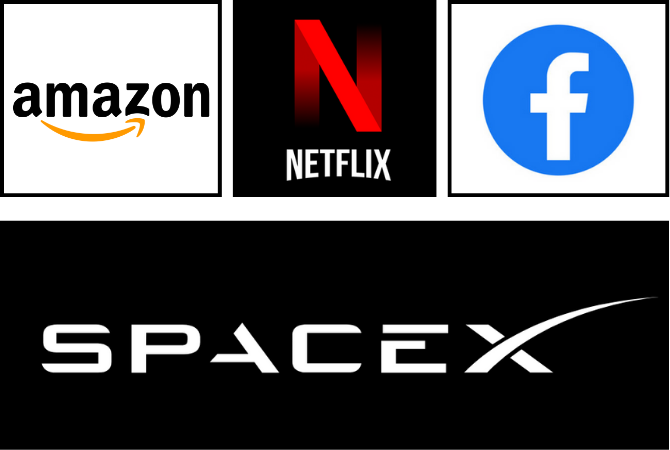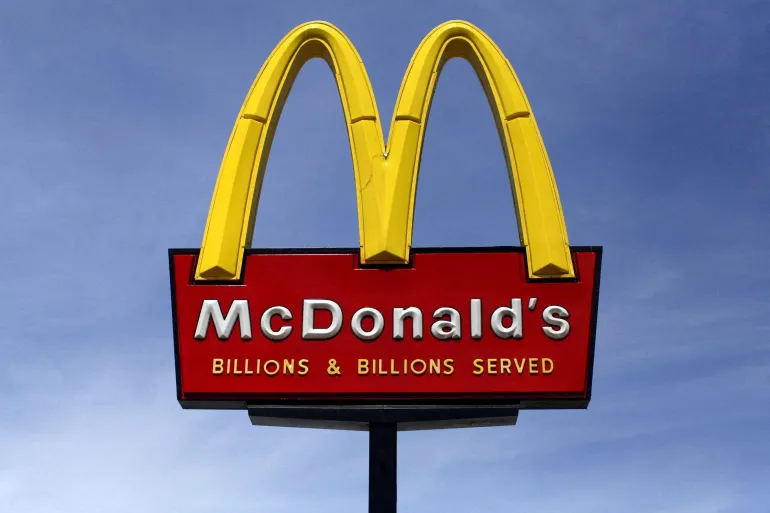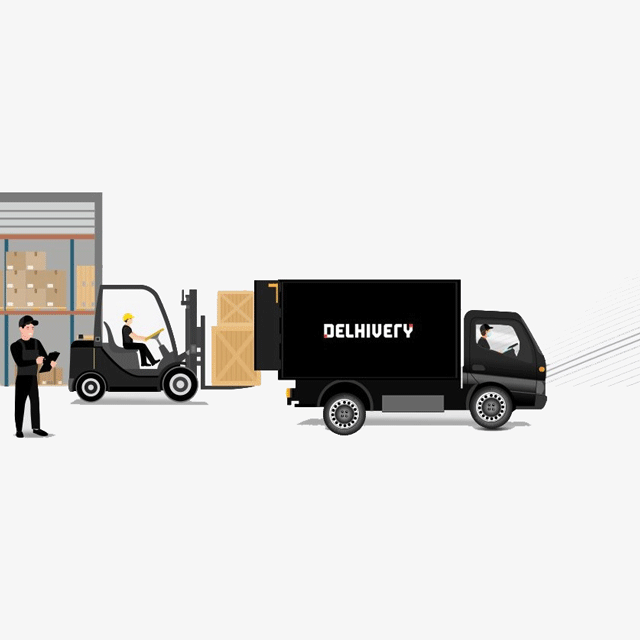Fail Fast, Fail Forward: The Entrepreneur’s Guide to Risk Management
- By Archisha Panda and Namrata Baliga
- Published on 6th Sep 2024

Henry Ford had once said,
Fail Fast is a philosophy that emphasizes thorough testing and incremental development to assess the viability of an idea. The aim is to minimize losses by swiftly moving on to a different approach- pivoting- when tests show that something isn’t working. This is to avoid sunk cost effects, which is the tendency to continue investing in something that is clearly not working due to the human nature of avoiding failure. However, failing fast is not enough, you also need to ‘Fail Well’, that is analyze your failures and extract valuable insights from them. You need to understand the reason for failure, the learnings from it and identify scope of improvements. You also need to communicate the failures and learnings to the team, stakeholders and customers, so that they can support you and benefit from your experience.
Undoubtedly the failing fast approach encourages businesses to test their ideas early and often. By taking this approach, they can quickly identify and address any issues, saving valuable time, money and resources. But how can leaders and teams adopt this approach without putting their businesses at risk?
Know your risk appetite
It is important to fail safe along with failing fast. Companies at different stages can afford different levels of risk like that of a startup versus a well established one. A company like Google may not bat an eyelid if they fail in a specific new project. For example, an unsuccessful product like Google glasses won’t be disastrous for Google, but if a small company invested similar amounts of money, such a failure will come with more severe consequences.
Recruit team members with the right mindset

“Your team should have the right mindset around any type of innovation, regardless of the model you use.” CEO of Luminair Pty Ltd Stefanie Wilson focuses on hiring team members motivated by curiosity and shared values. Each member should have a curiosity mindset and an understanding that their individual skill sets are seated at the table for a reason.
Build a culture of innovation

CEO of ResourceCo Energy Systems Henry Anning said creating a culture of innovation was fundamental to failing fast. Anning uses failing fast techniques almost daily at ResourceCo, a resource recovery and recycling company that operates 25 manufacturing plants around Australia and Southeast Asia. At each of those facilities, the ResourceCo team frequently trials new ideas and processes – from piloting different waste streams to making small tweaks to pieces of equipment.
Many of the top-companies or well established companies also seem to subscribe to this idea. For example, one of the most renowned car manufactures, Toyota, believed in ‘Kaisen’, which places importance on learning from mistakes and continuous improvements. Toyota stayed true to this principle, keeping it as a guideline especially in certain domains, such as product management, which saw long term success and stability.
Nurture people through success and failure

Wilson said she shares analogies with her team to lessen the stakes of innovation. In the past, we’ve seen multiple companies bounce back from hardships and failures. It’s easier to look at Apple’s close call with bankruptcy in 1990’s as a blip in the company’s history, a stepping stone to success. Failure in the moment and without the necessary hindsight is a different story altogether. In the present, it can give rise to feelings of frustration, and most importantly demotivation. That’s why it’s important to nurture your team around you.
Find the right balance

Fail fast, fail forward principle though motivating us to fail often doesn’t mean that organizations start abandoning ideas too hastily. We need to find the right balance between failing fast and not giving up too quickly.
Similarly, Anning said leaders should draw on the experience of their team members, but they must be careful not to ‘block’ innovation as a result. Leaders must also ensure that failing fast culture doesn’t lead to mediocrity by understanding the difference between learning from failure or experimentation and not striving for excellence.
Record your leanings

Professor Verreynne said entrepreneurs, SMEs and large organizations alike should keep records of their failing adventures. These can later be brainstormed for creating solutions to address the problem in the future or develop new ideas that build on the original concept. The head inventor of Dyson vacuums created the bagless vacuum by prototyping more than 5000 prototypes. From each prototype, he recorded results and information in a result log. Finally, the invention was successful and a huge hit across continents.
Take as long as you need - but no longer

The fail-fast mindset is everywhere in our society today. Fail fast, fail often, and pivot has been a very popular mantra in the business world since the last great financial crisis in 2008. Its primary purpose was to minimize the psychological and economic impact of losing. But why do we need to fail in the first place? Many entrepreneurs like Miles Kubheka of Vuyo’s Restaurant Chain, Jannie Mouton of PSG Group, Raymond Ackerman of Pick n Pay say that an entrepreneur’s chances of success increase in line with the number of times they fail, but the hardest bait is when to let go?
Getting a business off the ground often takes more time and money than anticipated. It’s vital for entrepreneurs to recognize when they’ve reached a point where continuing might not be viable. Embracing the “fail fast, fail forward” mentality allows entrepreneurs to decide whether to push forward or pivot based on their experiences. This mindset not only makes it easier to take risks but can also attract investors who now value failure as a key asset—so long as it’s due to inexperience rather than a lack of talent. By studying their failures, entrepreneurs can better position themselves for future success.
The Principle In Practice

Many great companies have applied this philosophy in their business ventures. Amazon has used the fail fast strategy under the leadership of Jeff Bezos. In a 2015 letter to shareholders, he wrote that “failure and invention are inseparable twins. To invent you have to experiment, and if you know in advance that it’s going to work, it’s not an experiment.” In a 2018 letter to shareholders, he doubled down on that sentiment: “As a company grows, everything needs to scale, including the size of your failed experiments. If the size of your failures isn’t growing, you’re not going to be inventing at a size that can actually move the needle.”
Netflix’s Chaos Monkey program exemplifies this approach by intentionally causing or simulating failures to enhance resilience and improve processes. For example, Netflix has deliberately disrupted production services to test how well the company can recover from infrastructure issues—a practice known as chaos engineering.
Another example is Mark Zuckerberg’s pre-2014 motto for Facebook, “Move fast and break things,” which recognizes that mistakes are an inevitable part of a creative and innovative process.
SpaceX too, under Elon Musk’s leadership, has exemplified the “fail fast” approach through its development of rockets like the Falcon 9 and Starship. Instead of striving for perfect, flawless designs before testing, SpaceX frequently conducts tests that are designed to push the boundaries and identify potential failure points. These tests sometimes result in dramatic failures, such as rockets exploding during landing attempts. However, each failure provides valuable data, allowing SpaceX to make iterative improvements rapidly. This has enabled SpaceX to develop reusable rockets more efficiently and at a lower cost than traditional aerospace companies.
While often viewed negatively, failure can be a powerful catalyst for business innovation when approached with a “fail fast” mindset. Trailblazing business innovation isn’t always straightforward. It requires a willingness to take risks and the ability to learn from failure, which is where the concept of ‘failing fast’ comes into play. Don’t let the fear of failure prevent you or your team from taking risks, experimenting with new ideas, and seeing setbacks as valuable learning opportunities—regardless of whether you’re in a startup, SME, large organization, or even at a personal level.
References
[1] Art of Falling Fast
https://business.uq.edu.au/momentum/art-of-failing-fast
[2] Starting a Business
https://www.entrepreneur.com/en-za/starting-a-business/why-you-need-to-fail-as-fast-as-you-can/332961
[3] Fail fast has become the de facto success formula. Most entrepreneurs can’t afford to fail once
https://fortune.com/2024/06/04/fail-fast-pivot-entrepreneurs-success-business-strategy/
[4] Fail-fast
https://www.techtarget.com/whatis/definition/fail-fast
[5] Fail Fast: How to Learn from Different Types of Failure
https://www.linkedin.com/pulse/fail-fast-how-learn-from-different-types-failure-peter-stansbury-4twre/










